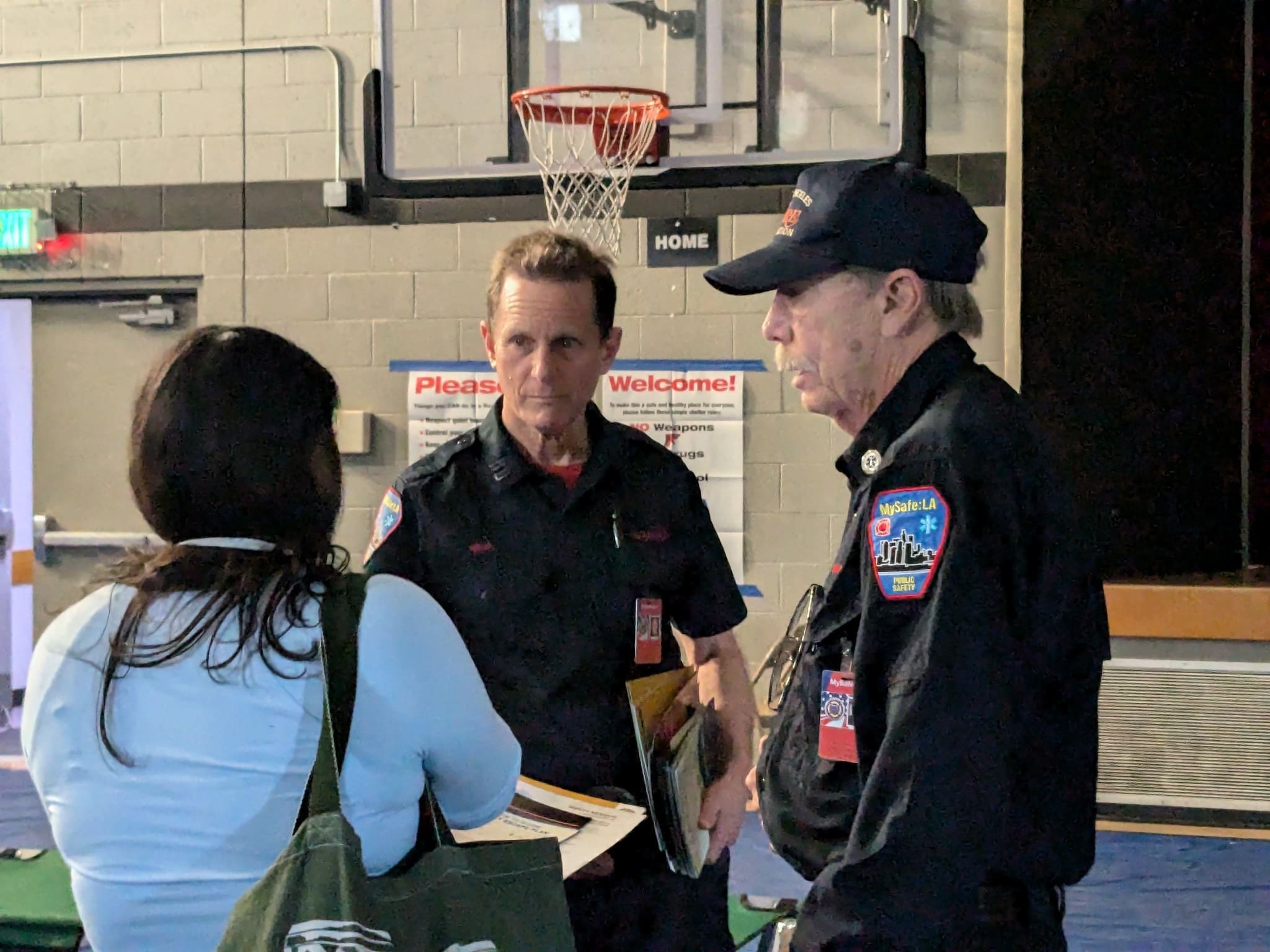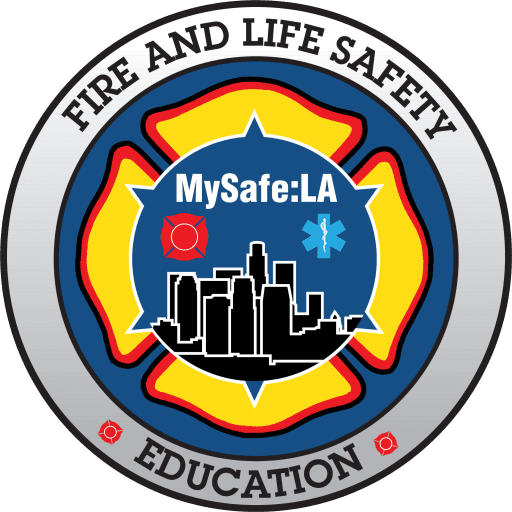We all know someone affected by the recent wildfires, and many of you are asking important questions about immediate survival, health and safety, and recovery issues. These email blasts are an essential way to share information that will hopefully aid you in moving forward.
If you have suffered a loss or damage to your home, please visit CA.Gov/LAFires for information on ways to sign up for FEMA and SBA assistance, Disaster Recovery Center locations and hours of operation, help-seeking unemployment assistance, filing insurance claims, and other wildfire-related resources.
You can also donate to our organization to support our community efforts. Just visit www.wildfirela.org, and the process will be clearly explained.
We have received many questions related to “how quickly can I get back to my homesite,” and the answers are not easy. In an area unaffected by flames or other damage, once the evacuation order has been downgraded, you may often be able to return home.
It’s a more complicated process in areas where structures have been damaged or lost, but that is to ensure your safety and that of first responders and others working in the fire zone. Before repopulation is approved, all downed power lines must be repaired, all gas lines must be capped, and other dangerous obstacles that could impact life safety must be resolved. Everyone involved in fighting the fires knows how critical it is to get you to your homesite as quickly as possible.
Please do not try to circumvent the checkpoints that are in place. Doing so will create additional safety risks not only for you but for first responders who may need to come for you. Also, ensure you get the repopulation safety messages from MySafe:LA and follow them. They are available at www.wildfirela.org/recovery Also, PLEASE NOTE: RED FLAG PARKING RESTRICTIONS ARE IN EFFECT.
Many of you are now wondering how the rebuilding and recovery will work. The City of Los Angeles, via the Emergency Management Department and other local, State, and Federal agencies, are working diligently on developing plans to move the affected communities forward. This process will take some time. To respond in general terms, here are some key “generic” rebuilding issues to be aware of:
1. Safety Assessments
- Before starting any work, ensure the site is cleared for re-entry by local authorities.
- Assess the stability of the ground, especially in areas prone to landslides post-fire.
2. Insurance Claims
- Document damages thoroughly with photos and videos.
- Contact your insurance provider promptly to understand your coverage and begin the claims process.
3. Building Codes and Permits
- Familiarize yourself with updated local building codes, especially those related to fire-resistant construction.
- Obtain necessary permits from the Los Angeles Department of Building and Safety.
4. Fire-Resistant Construction
- Use non-combustible materials for roofing, siding, and decking.
- Install ember-resistant vents and tempered glass windows.
- Create defensible space around your property by clearing vegetation and choosing fire-resistant landscaping.
5. Hazard Mitigation
- Consider building with materials and designs that mitigate risks of other hazards like earthquakes, which are common in Los Angeles.
- Implement erosion control measures to prevent soil instability.
6. Utility and Infrastructure Restoration
- Verify that utilities like gas, electricity, and water are safe to reconnect.
- Replace damaged septic systems and underground pipelines as needed.
7. Environmental Regulations
- Follow guidelines for debris removal and disposal to avoid contamination of water sources.
- Protect nearby ecosystems, especially in sensitive areas like the Santa Monica Mountains or Angeles National Forest.
8. Community Resources
- Leverage local programs and nonprofits offering assistance for fire victims, such as rebuilding grants or technical support.
- Work with groups like MySafe:LA for safety education and rebuilding best practices.
9. Emergency Preparedness
- Equip your rebuilt home with modern safety systems, including interconnected smoke alarms, fire extinguishers, and sprinkler systems.
- Create a family emergency plan and prepare an evacuation kit.
10. Future-Proofing
- Incorporate energy-efficient and sustainable building practices like solar panels and water-efficient systems.
- Build to withstand future wildfires and other climate-related challenges.
MySafe:LA is actively working on the recovery process, and we’ll have some important news to share in the coming days. If you have questions, don’t hesitate to reach out to us at: info@mysafela.org









